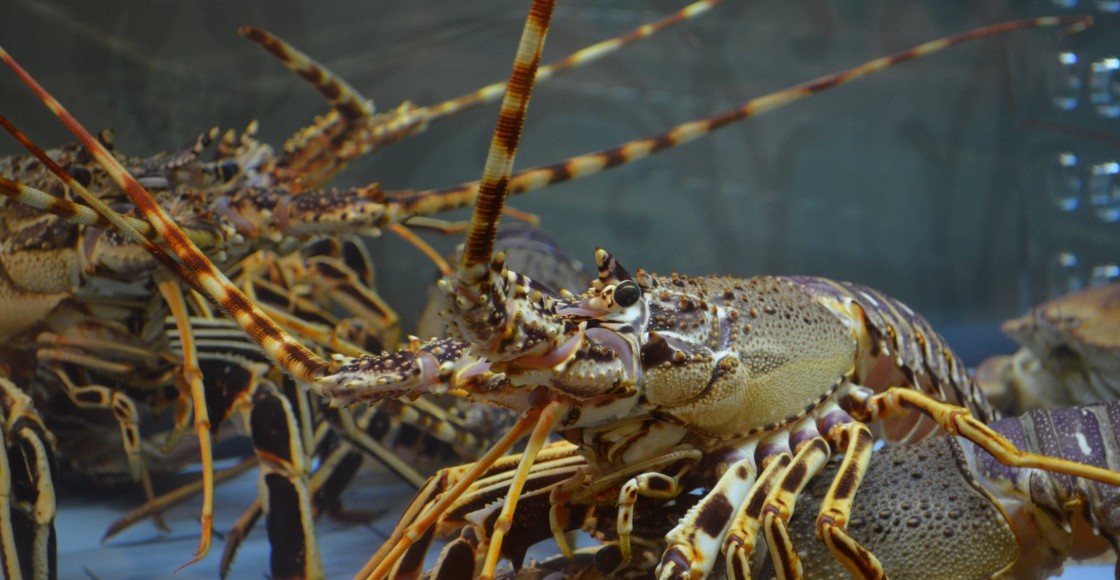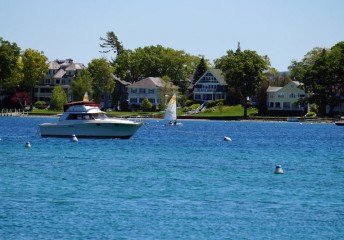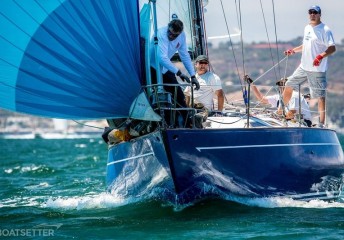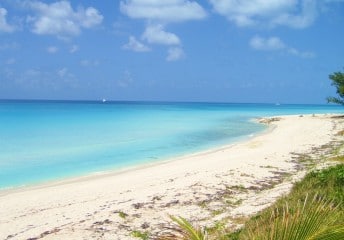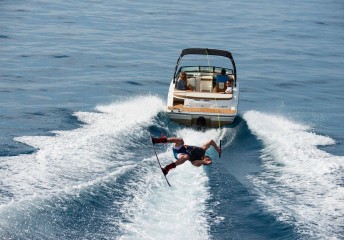What You Need to Know to Make the Most of Lobster Season
Last Updated on January 13, 2022 by Boatsetter Team
Each year, lobster season sees hordes of recreational lobster hunters, as well as commercial lobster fishers, hit the waves in search of this delectable crustacean. The regular lobster season runs from August through March of the following year. Hundreds of thousands of traps are set out, and thousands of divers hit the waters each year during the first month. Here’s what you need to know to make the most of your experience.
You Must Be Licensed
First and foremost, don’t think that you can enjoy the lobster season without paying for a license. If you’re caught diving for lobster without a license, you can expect stiff penalties and costly fines. However, there are exemptions to the licensure requirements, so check with the county enforcement agency.
Be Prepared to Measure Your Catch
It’s important that only mature lobsters are caught and kept. If a lobster doesn’t measure up, it should be thrown back. Size limits were put in place to help ensure that there is always a healthy breeding population – the lobsters must actually be measured in the water, before being put on the boat. Moreover, tails can only be removed while on land, and when removed must measure more than 5.5 inches in length. Note that the carapace of the lobster must be more than three inches in length.
Night Diving
Night diving and bully-netting are both allowed during the regular lobster season. This involves using high-powered, waterproof spotlights and long-handled nets to capture lobsters underwater at night. Note that this is legal (as long as you’re licensed or are exempt from licensure), although harvest limits still apply. You should also realize that night diving for lobsters is more dangerous than day diving and comes with unique risks.
Harvest Limits
The harvest limit for lobsters is six lobsters per person per day within Monroe County and Biscayne National Park. Elsewhere in the Keys, the limit is 12 lobsters per person per day.
Area Closures
While most of the open waters in the Keys are available for lobster divers, there are some notable exceptions. Many of the official sanctuaries, parks and other protected areas are off limits. In addition, many local areas have banned lobster diving during the initial few days of the lobster season, so it is important to consult local regulations or check with a local dive shop before hitting the water.
Expect Enforcement
Florida Fish and Wildlife officers will be out in force during the regular lobster season. They will be checking licenses, spot-checking lobster sizes, verifying locations for diving and more. Any violations will be prosecuted to the fullest extent possible.
Lobster season is an exciting time to hit the water. However, you also need to ensure that you’re abiding by the current laws and regulations and that you’re prepared correctly to have a safe time on and in the water. The tips we’ve covered above will go a long way toward helping to ensure that.
